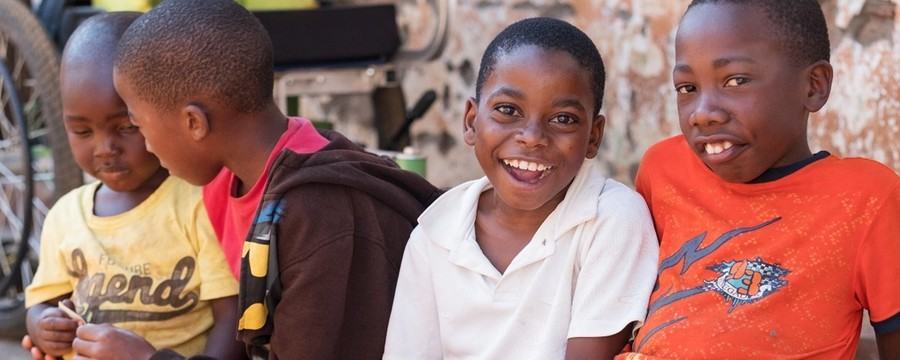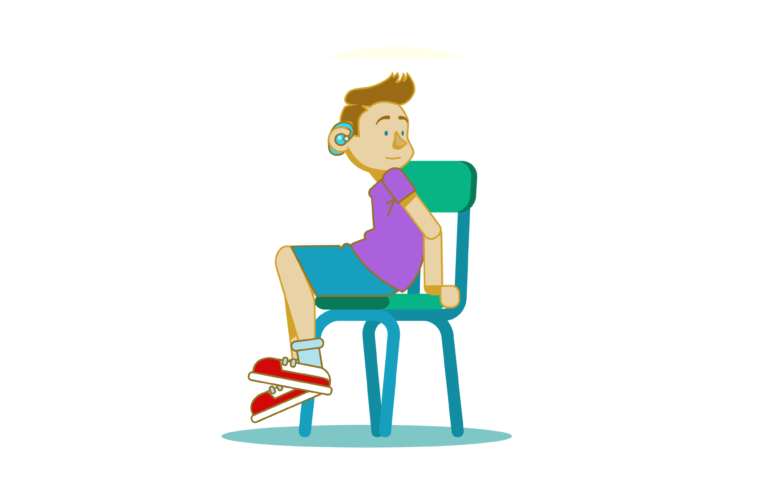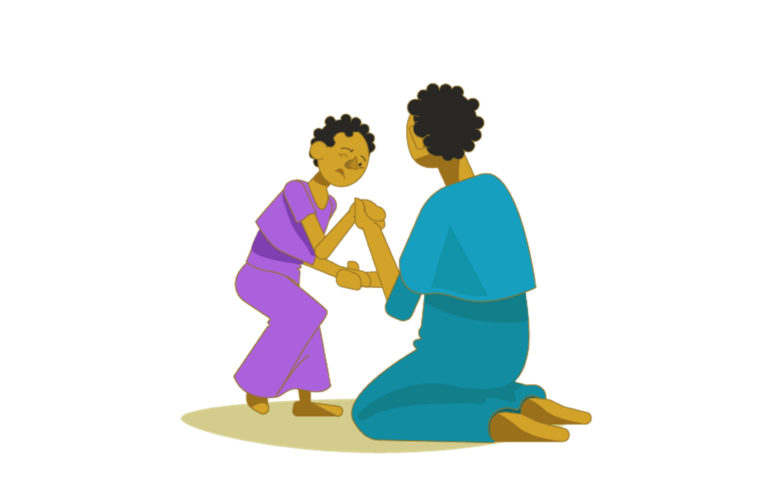Home / Psychology & Mental Health / Inclusive Teaching / Integrated Healthcare for Children with Developmental Disabilities / Case studies: how do developmental disabilities impact a child?
This article is from the free online
Integrated Healthcare for Children with Developmental Disabilities


Reach your personal and professional goals
Unlock access to hundreds of expert online courses and degrees from top universities and educators to gain accredited qualifications and professional CV-building certificates.
Join over 18 million learners to launch, switch or build upon your career, all at your own pace, across a wide range of topic areas.


 Case Study 1. Justin: Justin is six years old. He has a severe hearing impairment. He lives in the United States of America with his parents and siblings. Justin is soon joining kindergarten in a mainstream school and will be the only child with a hearing impairment in his class.
Case Study 1. Justin: Justin is six years old. He has a severe hearing impairment. He lives in the United States of America with his parents and siblings. Justin is soon joining kindergarten in a mainstream school and will be the only child with a hearing impairment in his class.
 Case Study 2. Thandi: Thandi is three years old and lives in Malawi with her family. She has cerebral palsy and has difficulty walking. She wants to join in with other children in her village but struggles to join in with their games.
Case Study 2. Thandi: Thandi is three years old and lives in Malawi with her family. She has cerebral palsy and has difficulty walking. She wants to join in with other children in her village but struggles to join in with their games.
 Case Study 3. Mai: Mai is nine years old. She has Down Syndrome and lives in Vietnam with her mother, father and sister. Mai has recently been diagnosed with epilepsy but she doesn’t like taking medication to manage the epilepsy. She finds it difficult to understand why she needs to take it.
Case Study 3. Mai: Mai is nine years old. She has Down Syndrome and lives in Vietnam with her mother, father and sister. Mai has recently been diagnosed with epilepsy but she doesn’t like taking medication to manage the epilepsy. She finds it difficult to understand why she needs to take it.
 Case Study 4. Lucas: Lucas is seventeen years old and has autism. He lives with his grandmother in Brazil. Lucas will soon turn 18 and the NGO supporting him will not be able to support him past this age. His grandmother is worried how Lucas will be able to make this transition and get a job.
Case Study 4. Lucas: Lucas is seventeen years old and has autism. He lives with his grandmother in Brazil. Lucas will soon turn 18 and the NGO supporting him will not be able to support him past this age. His grandmother is worried how Lucas will be able to make this transition and get a job.





